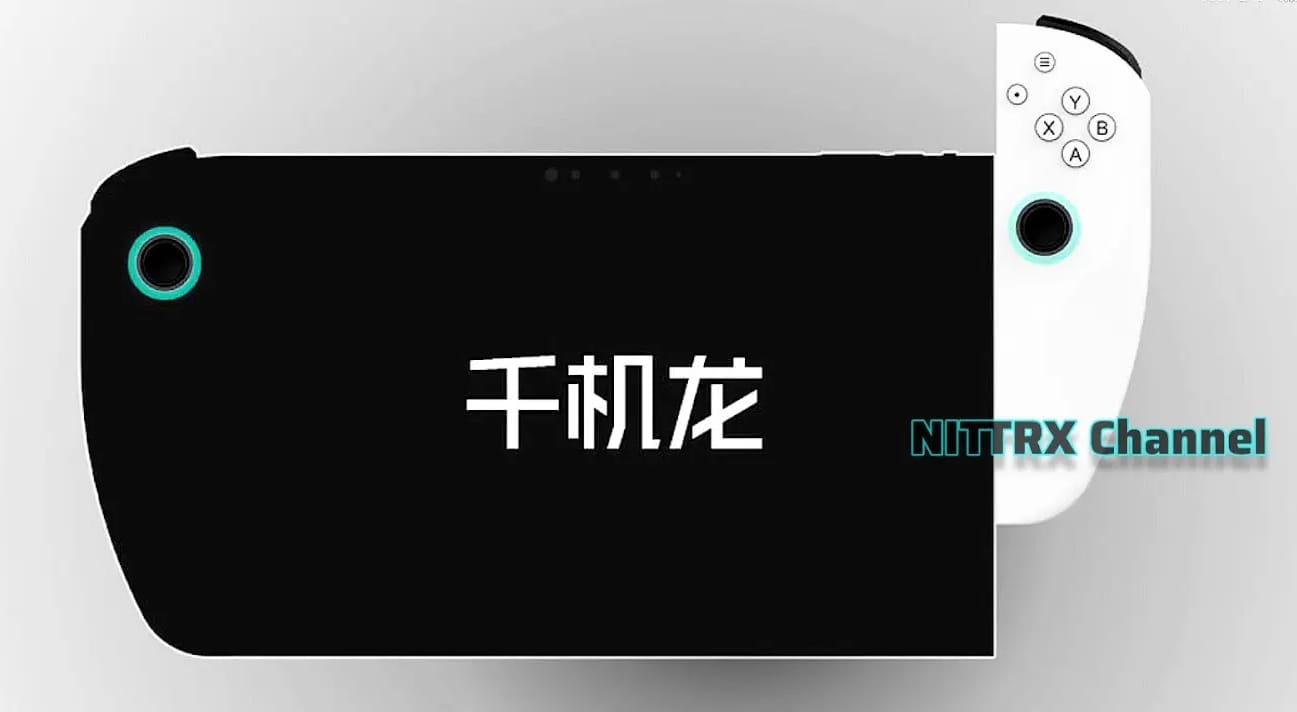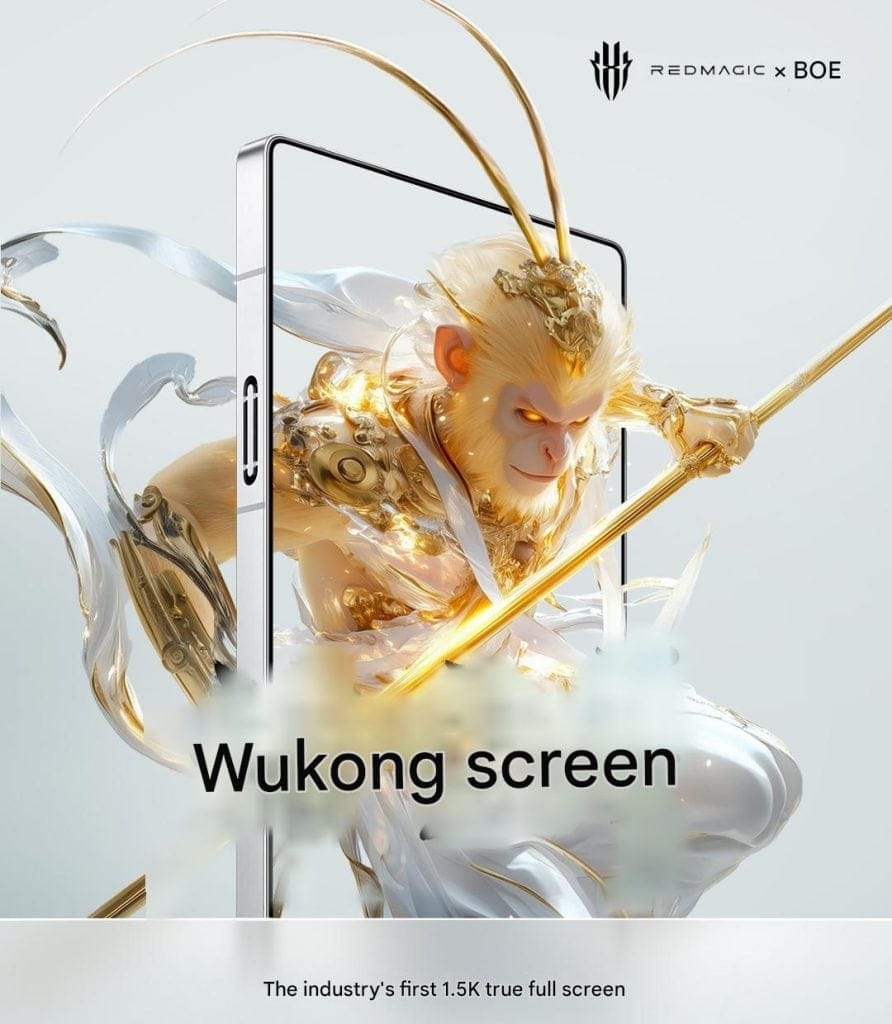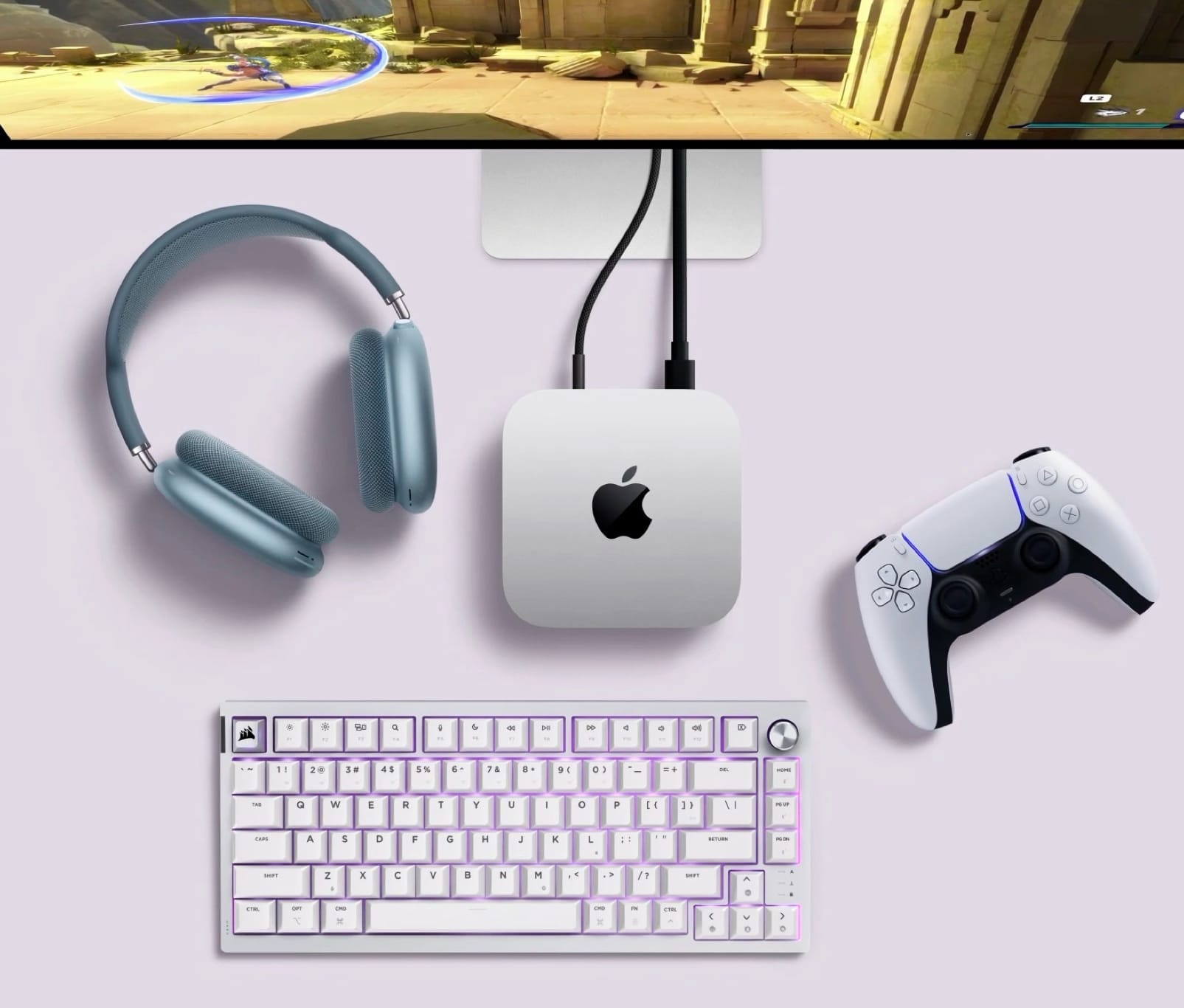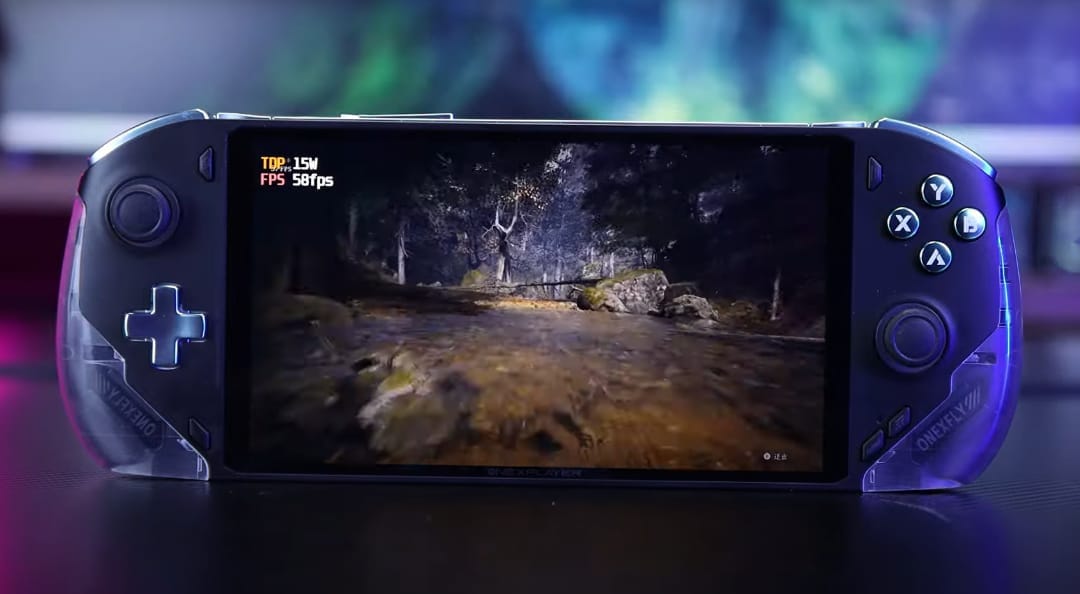It appears that a brand new ultra-large gaming handheld is on the horizon, potentially challenging the OneXPlayer X1. To give some context, One-Netbook has the OneXPlayer X! featuring an 11-inch screen. In contrast, the smaller OneXPlayer X1 Mini has an 8.8-inch display, which is similar to the Legion Go (currently priced at $584 on Amazon). Interestingly, the company is also gearing up to launch the OneXFly F1 Pro, the inaugural gaming handheld powered by the Radeon 890M, although it comes with a smaller 7-inch display.
Exciting Features Ahead
On the other hand, this unnamed gaming handheld is rumored to sport a stunning 10.9-inch display, which is nestled between removable controllers. Astonishingly, the design follows a typical Xbox controller layout, despite its larger frame. In comparison, Valve successfully integrated two trackpads into the Steam Deck without compromising this controller setup.
New Player in the Market
Reports suggest that this gaming handheld is crafted by Qianjilong, a newcomer in the gaming handheld market. Additionally, NITTRX claims that the device features the same display found in ZTE’s RedMagic Nova. If this is true, the handheld should support a native resolution of 2.8K, with a 16:10 aspect ratio and a refresh rate of 144 Hz. Furthermore, the RedMagic Nova boasts a full panel brightness of 550 nits. However, it is still uncertain at this point if Qianjilong has taken any other design elements from the RedMagic Nova, which starts at a mere $499 in the United States.

















